There can be your advertisement
300x150
Built-in Beds
However, the idea of foldable furniture is not so new, but the popularity of transforming furniture is growing year by year. Built-in beds are no exception. Their popularity is due to the ability to combine seemingly incompatible things: on one hand, the owner of the living space gets a comfortable sleeping place, and on the other, scarce space is saved.
Built-in Beds: Pros and Cons Design: Elena Potemkina
Design: Elena Potemkina
Even a single-person bed takes up quite a bit of space, plus a wardrobe is needed. Built-in models fit right into the wardrobe and don't interfere during the day. There are also other advantages:
- In the unfolded state, a built-in bed can be conveniently used as a boundary between work and rest zones;
- Modern transforming mechanisms allow one person to fold the structure;
- Bed linen is secured to the bed with special straps, so it doesn't need to be removed (this will be appreciated by men), plus it is protected from dust;
- Manufacturers offer a wide range of products in terms of design: you can choose a bed with almost any wardrobe facade design that will fit into the overall interior of the living space.
Among the negative aspects, one can note relatively high cost (if compared to ordinary cheap beds), the need to place only against load-bearing walls. Another drawback is that if there is a desire to rest during the day, the structure needs to be unfolded. Also, don't forget about timely inspection and maintenance (tightening, possibly lubrication) of the transforming mechanism.
Types of Built-in Beds Photo: in style, Tips – photos on our website
Photo: in style, Tips – photos on our website
There are many built-in beds available in stores, differing by type of mechanism, wardrobe facade design, and location of the sleeping area. Among the most popular can be noted the following constructions:
- Bed-Table: a rather complex system where during the day, the workspace is on top, and at night – underneath. It's well-suited for children's rooms. There is even a variant with a two-tier sleeping area;
- Wardrobe-Bed (Wall with Built-in Bed). Popular among couples in small apartments. There are models "three in one," where in the folded state, the structure remains attached to the wardrobe but becomes a sofa;
- Bed-Sofa: alternately performs the functions of both furniture items;
- Two-tier constructions: in the assembled state, they transform into a dresser due to the pendulum mechanism. An ideal option for families with two children living in a small area;
- Bed that transforms into a footstool.
- Horizontal (folded into a wardrobe or wall by lifting along the long side) and vertical;
- Wall-mounted bed: this option is acceptable if there is an unused niche (it can be created specially).
Design of Built-in Beds Design: Max Kasymov
Design: Max Kasymov
These constructions can be selected not only by functionality, style, or type of mechanism. When choosing, one should consider the place where this piece of furniture will be located.
For the Living Room Design: Max Kasymov
Design: Max Kasymov
The best solution here will be a built-in bed-wardrobe. If the living room in the apartment is small, one of the optimal options will be to purchase a corner construction where the bed folds away and unfolds horizontally. When the sleeping area is in closed state, one can use shelves in the wardrobe to store bedding conveniently. Another option is to buy more expensive furniture where after folding the bed, a small sofa is obtained.
To an original living room design with a built-in bed, one can add the sleeping area in a platform that simultaneously serves as a boundary between the living room and workspace. This saves space. This variant suits a room with high ceilings, as the platform needs to be made higher, with steps (one or two).
For a Child's Room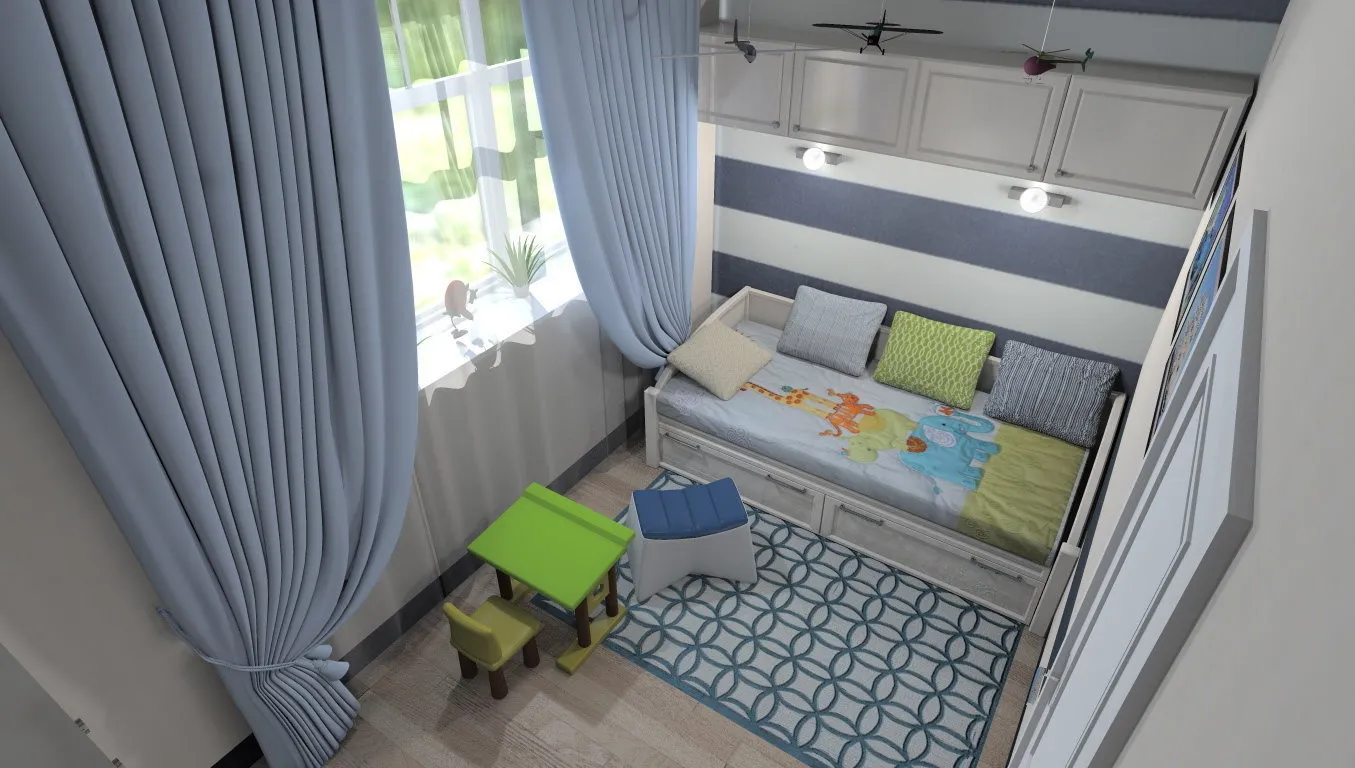 Photo: in style, Tips – photos on our website
Photo: in style, Tips – photos on our website
For a child, their "own" space is primarily a play area. Therefore, leaving the "empty" space in the form of a child's bed unattended, especially when they grow up, is impossible: be sure that the sleeping area will quickly turn into a battlefield or airstrip. In this case, a built-in children's bed will serve as a kind of salvation from an overly active child. On the back side of the folded bed in the wardrobe (if there are no sliding drawers and the structure's base is strong enough), one can set up a "sports city": a small gymnastic bar, rope ladder, etc.
If the child goes to school, one can set up a bed-table. In this case, the student gets a workspace during the day and a bed at night. The general requirement for all bed-transformers: choose products with a reliable unfolding mechanism to avoid injuries. In this regard, furniture with gas dampers has proven itself well.
For the Bedroom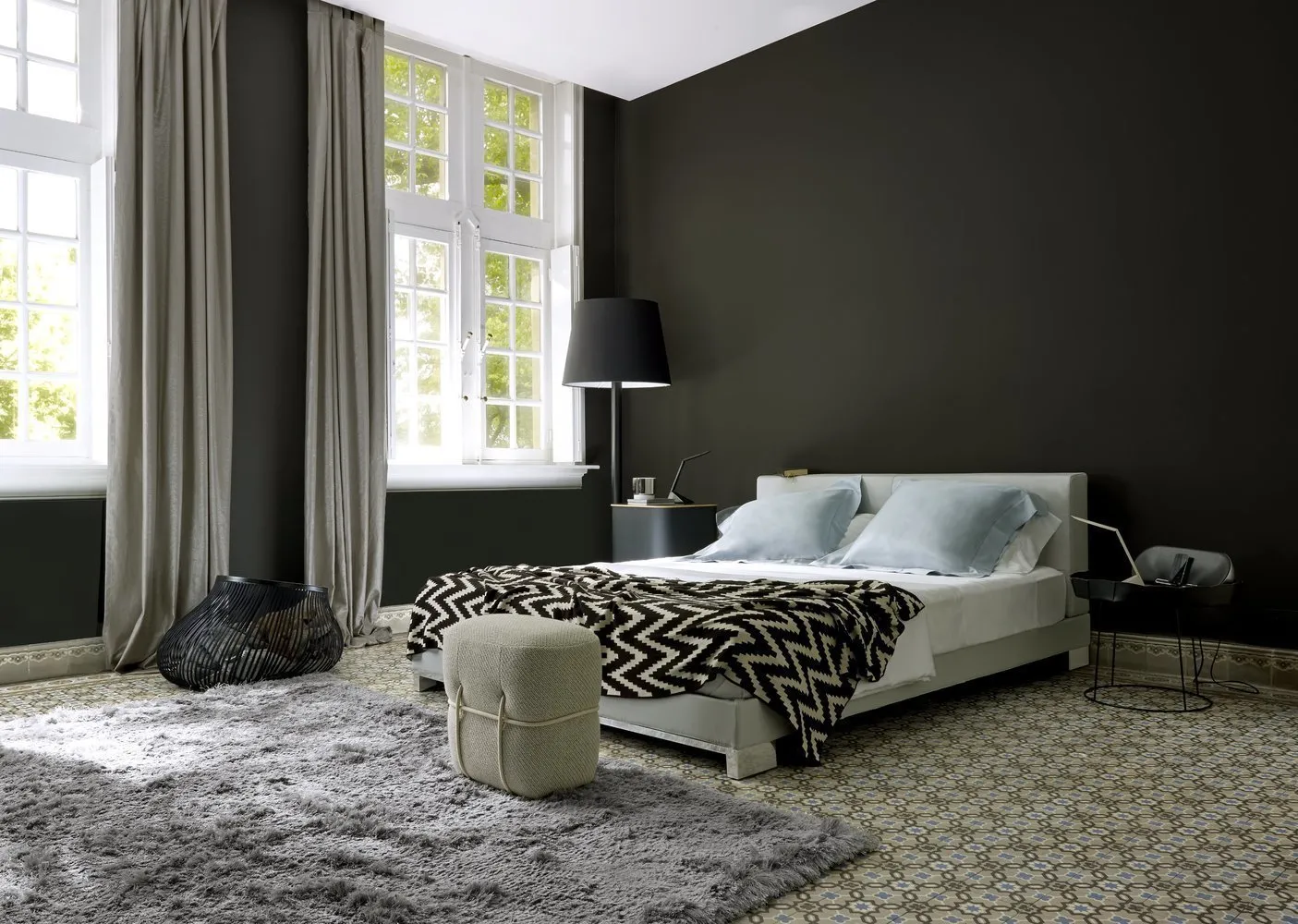 Photo: Bedroom in Scandinavian Style, Tips – photos on our website
Photo: Bedroom in Scandinavian Style, Tips – photos on our website
Bed-transformers are popular among owners of small apartments where the bedroom usually serves multiple functions. In this case, thanks to furniture that folds into a wardrobe, the room becomes a working office after the night.
Features of the Unfolding Mechanism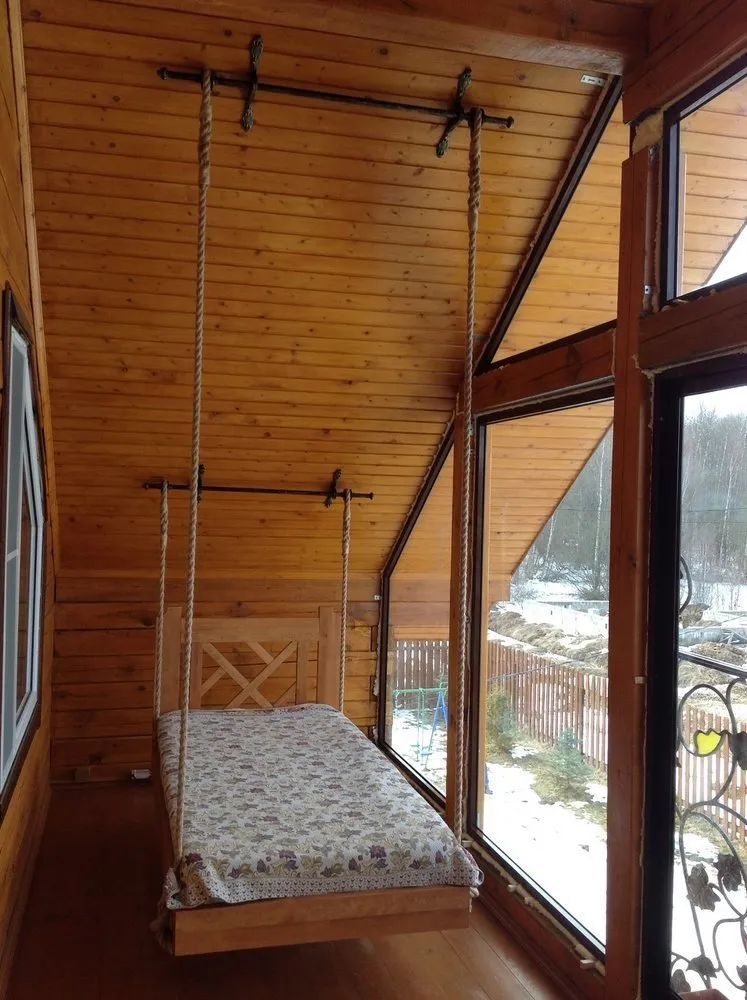 Photo: in style, Tips – photos on our website
Photo: in style, Tips – photos on our website
The reliability of the lifting mechanism determines the convenience of using the product and its durability. In retail stores, one can find built-in beds equipped with the following types of mechanisms:
- Mechanical. In principle, it resembles a railway shelf. The system is characterized by simplicity and reliability. However, to operate such a mechanism, physical strength will be required.
- Spring. Much less effort is needed here: a child can handle a bed equipped with such a mechanism. The downside of this system is the wear and possible breakdowns of springs if the product is not of sufficient quality.
- With Gas Dampers. This is the most comfortable variant of the mechanism. The bed will rise and lower smoothly without serious effort, with a sufficiently long service life. The downside is the high cost.
Hardware of Foldable Beds and Its Operation Features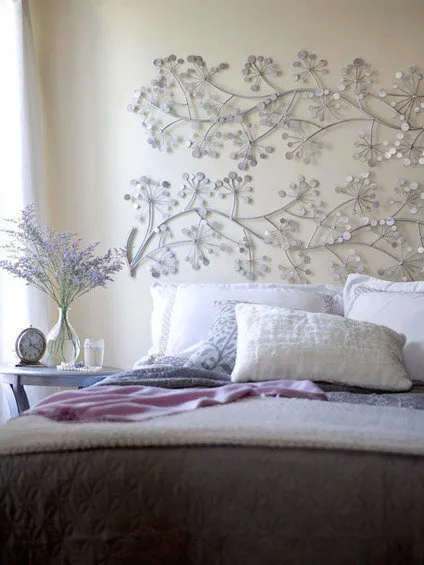 Photo: in style, Tips – photos on our website
Photo: in style, Tips – photos on our website
The moving parts of mechanisms include many metal elements attached to the frame, usually made from profiled tubing. The base is made from wooden planks or laminated MDF. All moving parts need to be lubricated from time to time. The main problems of the lifting mechanism are described below:
- Mechanism failure or jamming can be caused by dirt entering between the moving parts. The problem can be solved by cleaning the parts or partially replacing them. Sometimes, it is necessary to replace the entire mechanism.
- Creaking and other unwanted sounds. These can be easily eliminated by lubricating the moving elements with machine (or even automotive) oil.
Now about the bed legs. These bear the main load when the structure is unfolded. Therefore, it's better to choose a bed with metal legs, especially if it will be used by a married couple or someone of significant weight. But wooden legs have their own advantage: they can be carved and thus become part of the interior design. When the structure folds into a wardrobe, the supports are hidden in separate niches and thus become invisible.
A built-in bed is an optimal solution for a small living space. And with the right design approach, this piece of furniture becomes a full-fledged element of interior design; both in the folded state (where the wardrobe facade takes precedence) and when unfolded.
A few examples of folding beds, various in construction.
More articles:
 How to Improve Interior Without Renovation: 10 Tips from a Stylist
How to Improve Interior Without Renovation: 10 Tips from a Stylist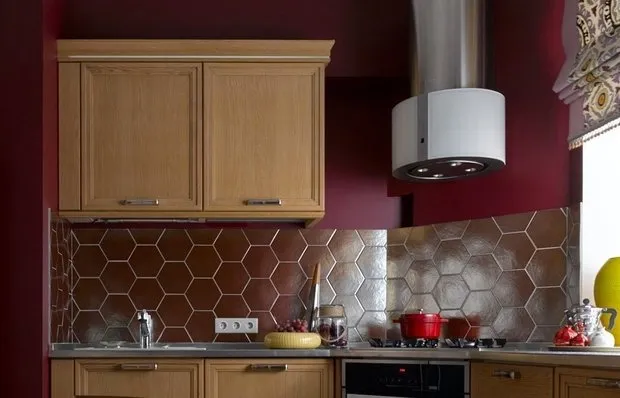 How to Make a Vibrant Apartment: Examples from Designers
How to Make a Vibrant Apartment: Examples from Designers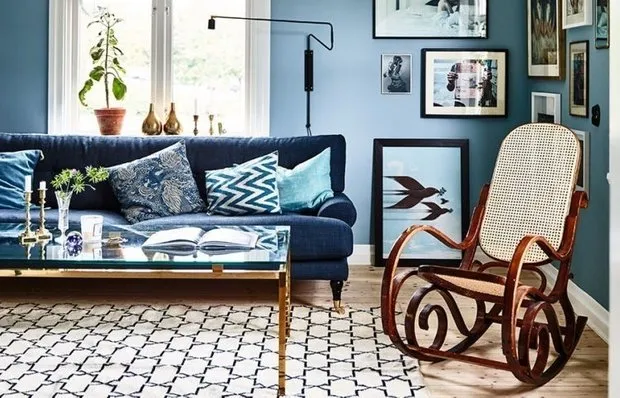 Blue Color and Vintage Furniture: With a Swedish Blogger
Blue Color and Vintage Furniture: With a Swedish Blogger Increasing Storage Space: 5 Solutions
Increasing Storage Space: 5 Solutions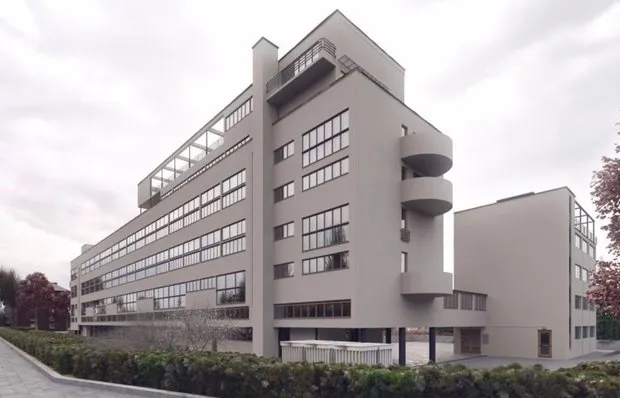 House of Commune: Does the House-Commune Have a Future in Moscow?
House of Commune: Does the House-Commune Have a Future in Moscow?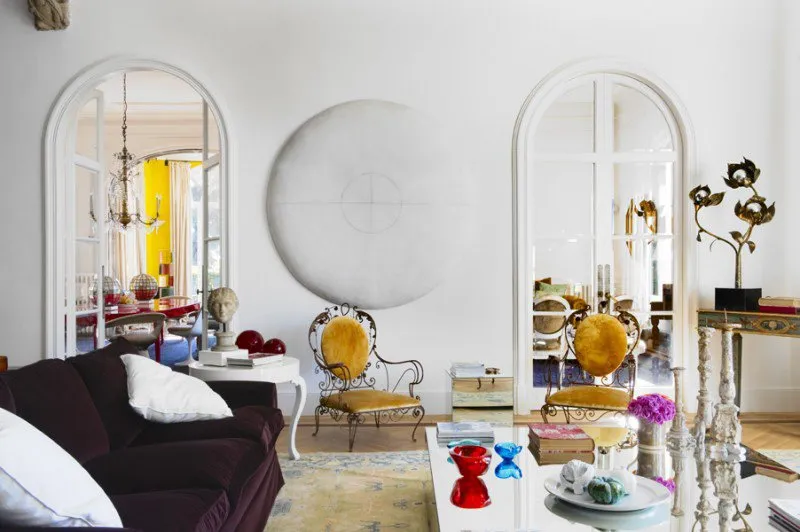 How to Decorate an Interior in the Eclectic Style
How to Decorate an Interior in the Eclectic Style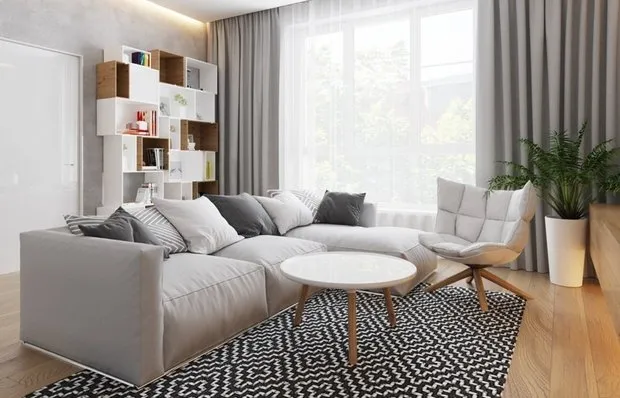 Replanning a 2-Room Apartment: 3 Ideas from a Designer
Replanning a 2-Room Apartment: 3 Ideas from a Designer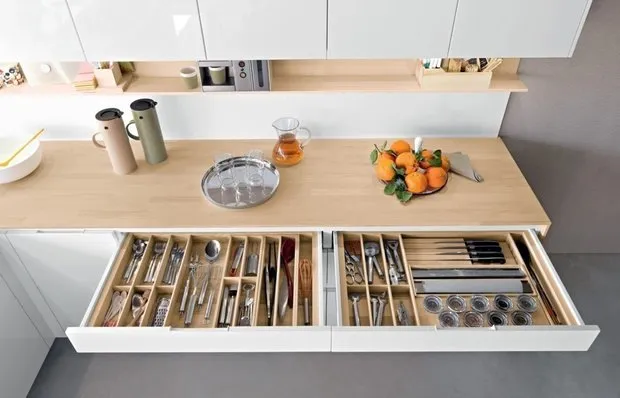 7 Ideas for Smart Storage on a Small Kitchen
7 Ideas for Smart Storage on a Small Kitchen